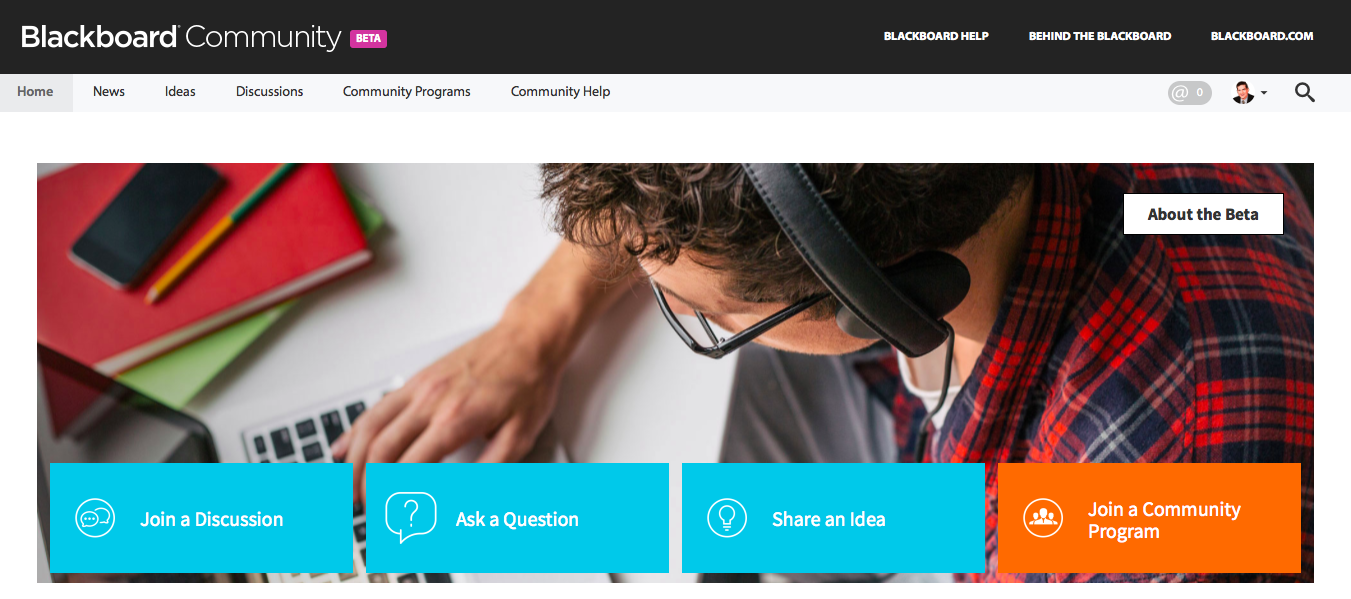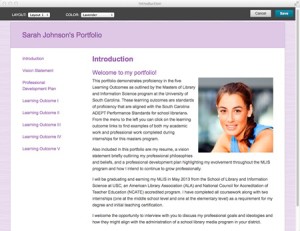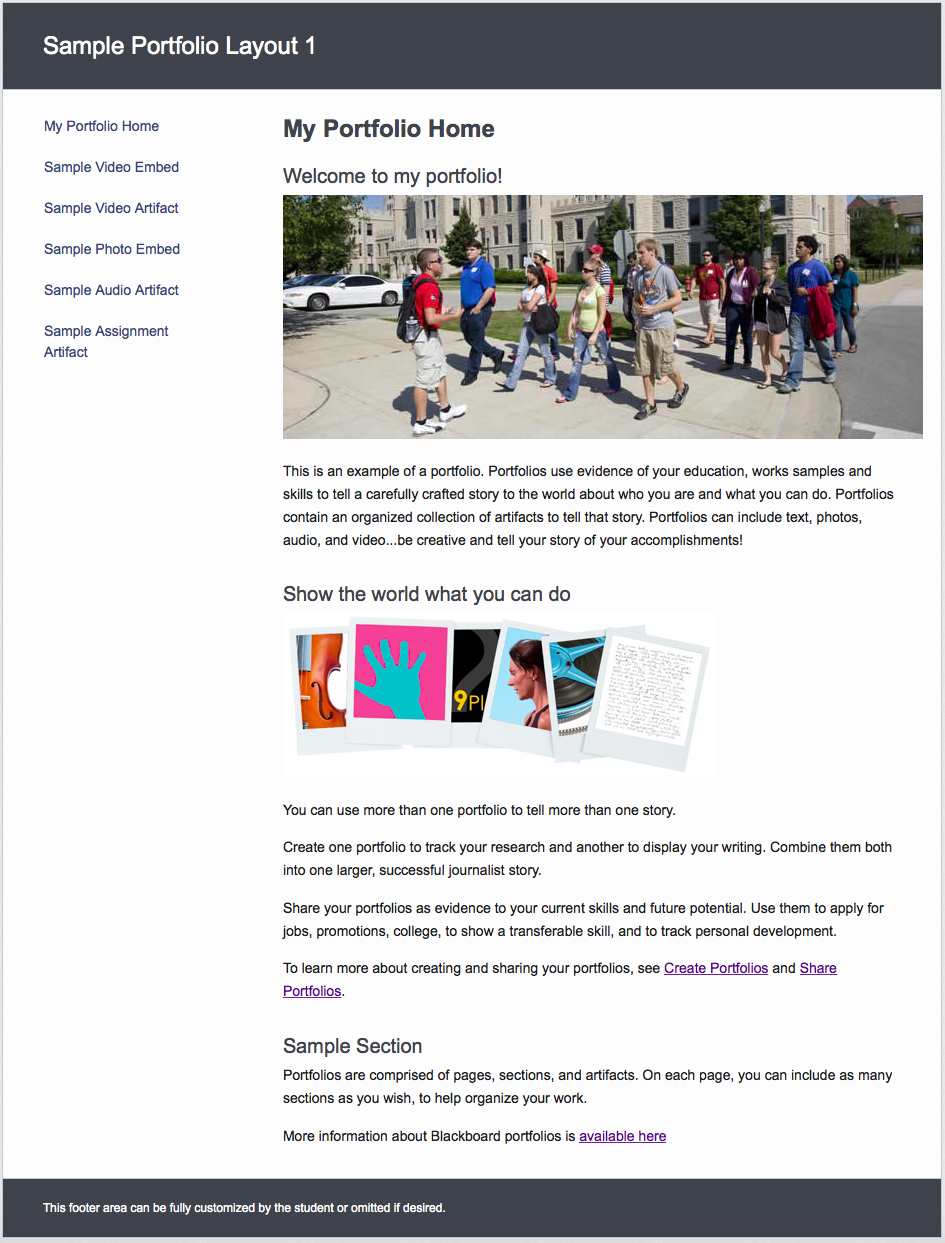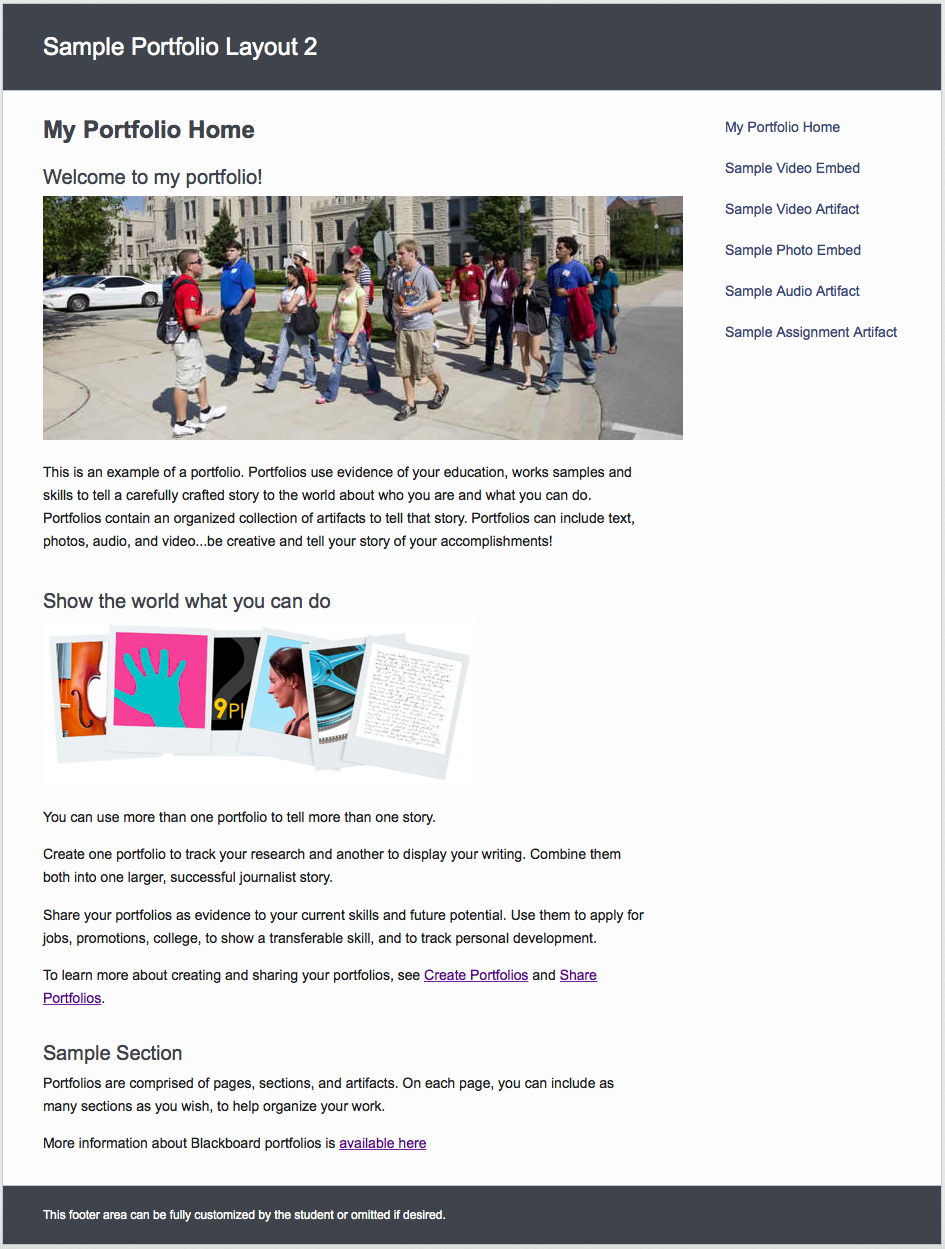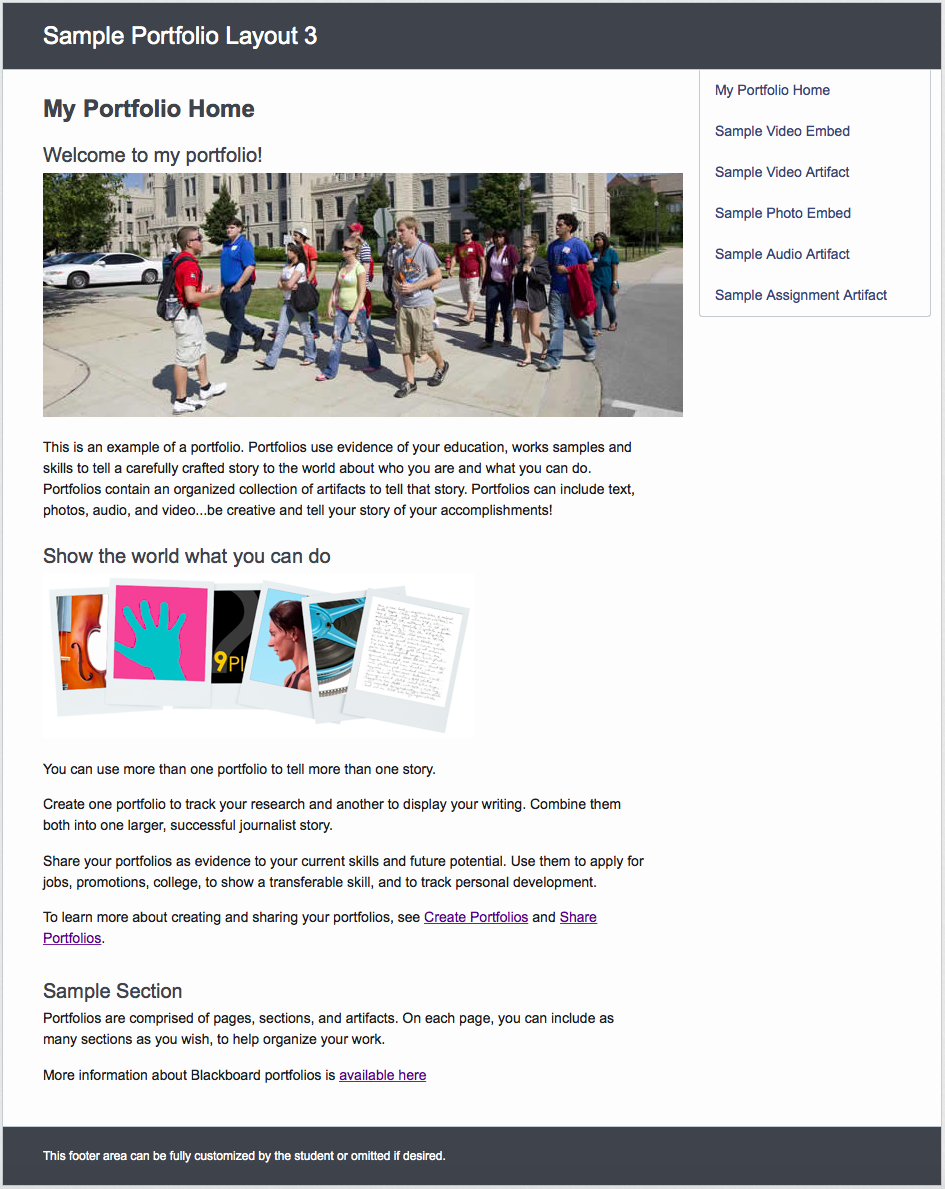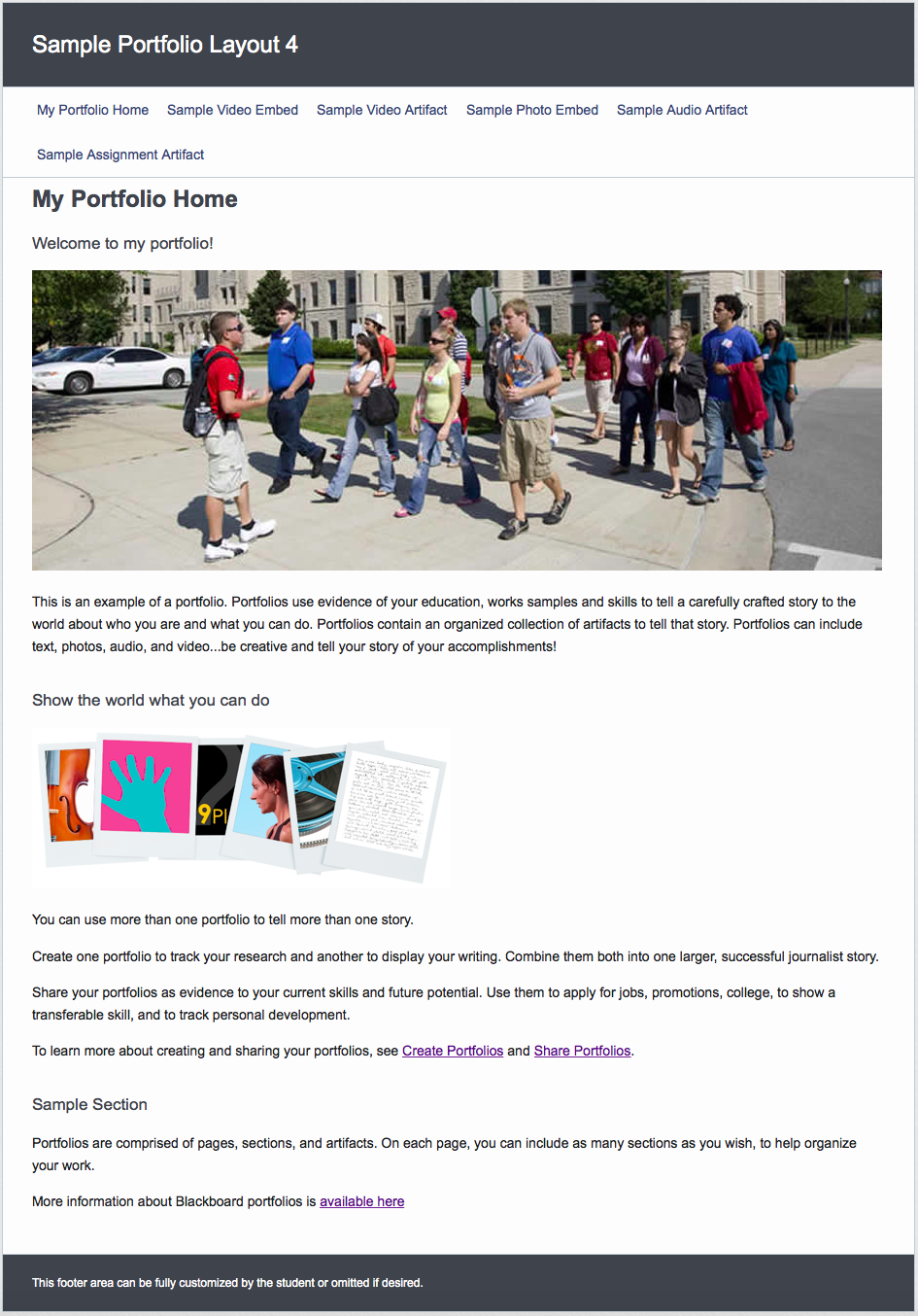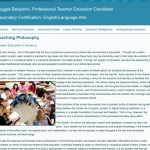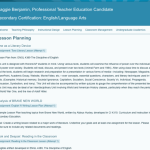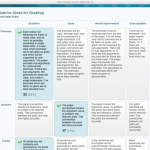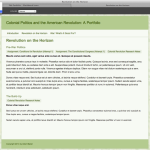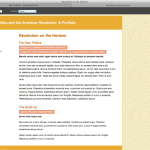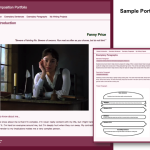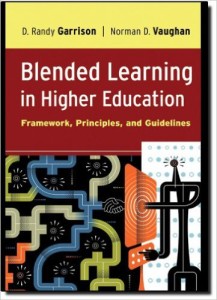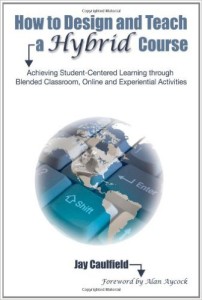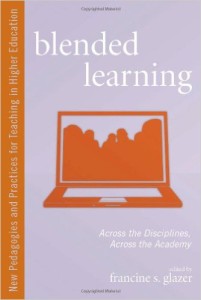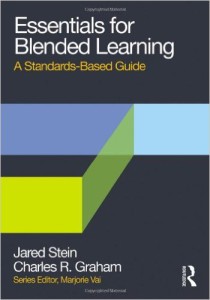Just in time for BbWorld 2015, Blackboard has launched a beta phase of a new community platform at blackboard.jiveon.com. The Beta is rolling out with some great features, allowing users to locate information, submit community questions, share best practices and easily engage and collaborate with peers. Some valuable enhancements are coming in the next few months, like single sign-on, improvements in visual integration and cross-site search and navigation.
Blackboard is seeking feedback and suggestions from client users to shape the development of the community site for a Q3 full launch. By joining the beta you will be invited to participate in future usability tests that will be used to ensure the content published and created is in line with community needs and expectations. These requests for feedback will come in various formats: focus groups, discussions, polls, surveys and direct outreach. Any and all feedback is welcome!
I’ve signed-up for the community site beta and look forward in the coming days to becoming more familiar with the platform, you’ll find me here. Let’s connect!
